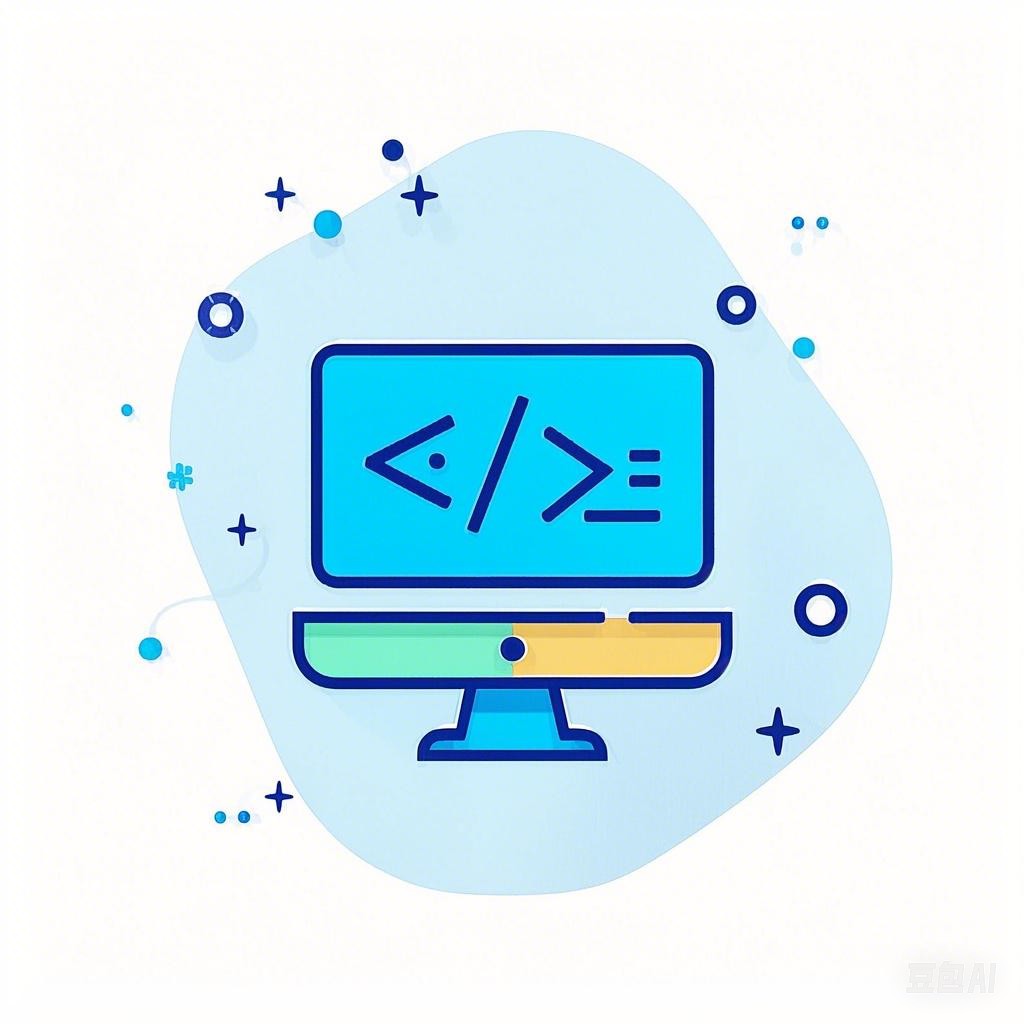在当今这个信息爆炸的时代,如何将复杂的数据和信息转化为直观、易于理解的形式,成为了设计师面临的重要挑战。可视化不仅是一种展示信息的方式,更是一种沟通工具,它能够帮助用户更好地理解内容,激发创意,并提升产品的用户体验。本文将探讨如何运用可视化技巧,解锁设计新视角,助力打造卓越产品。
一、可视化技巧概述
1. 数据可视化
数据可视化是将数据以图形或图像的形式展现,帮助用户快速识别数据中的模式和趋势。常见的可视化工具包括图表、地图、仪表盘等。
代码示例(Python):
import matplotlib.pyplot as plt
# 创建数据
x = [1, 2, 3, 4, 5]
y = [2, 3, 5, 7, 11]
# 绘制折线图
plt.plot(x, y)
plt.title('简单折线图')
plt.xlabel('X轴')
plt.ylabel('Y轴')
plt.show()
2. 信息可视化
信息可视化是将抽象的信息转化为具体的视觉元素,如流程图、思维导图等,帮助用户理解复杂的概念和流程。
代码示例(JavaScript):
// 使用D3.js创建一个简单的流程图
const data = [
{ id: 1, label: '开始', type: 'start' },
{ id: 2, label: '步骤1', type: 'step' },
{ id: 3, label: '步骤2', type: 'step' },
{ id: 4, label: '结束', type: 'end' }
];
// 创建流程图
const svg = d3.select('svg').attr('width', 400).attr('height', 200);
// 添加节点
svg.selectAll('circle')
.data(data)
.enter()
.append('circle')
.attr('cx', (d, i) => i * 100)
.attr('cy', 100)
.attr('r', 30)
.attr('fill', (d) => d.type === 'start' ? 'green' : (d.type === 'end' ? 'red' : 'blue'));
// 添加文本
svg.selectAll('text')
.data(data)
.enter()
.append('text')
.attr('x', (d, i) => i * 100)
.attr('y', 130)
.text((d) => d.label);
3. 交互式可视化
交互式可视化允许用户与可视化内容进行交互,如缩放、拖动、筛选等,从而提供更丰富的用户体验。
代码示例(HTML + CSS + JavaScript):
<!DOCTYPE html>
<html lang="en">
<head>
<meta charset="UTF-8">
<title>交互式可视化示例</title>
<style>
.chart {
width: 400px;
height: 200px;
background-color: #f0f0f0;
position: relative;
}
.dot {
width: 10px;
height: 10px;
background-color: red;
border-radius: 50%;
position: absolute;
top: 50%;
left: 50%;
transform: translate(-50%, -50%);
}
</style>
</head>
<body>
<div class="chart">
<div class="dot"></div>
</div>
<script>
const dot = document.querySelector('.dot');
dot.addEventListener('mousedown', (e) => {
const startX = e.clientX - dot.offsetWidth / 2;
const startY = e.clientY - dot.offsetHeight / 2;
dot.style.left = `${startX}px`;
dot.style.top = `${startY}px`;
});
</script>
</body>
</html>
二、可视化在产品设计中的应用
1. 用户体验地图
通过创建用户体验地图,设计师可以更好地理解用户在使用产品过程中的痛点,从而优化设计。
代码示例(JavaScript):
// 使用D3.js创建一个用户体验地图
const svg = d3.select('svg').attr('width', 600).attr('height', 400);
// 添加用户路径
svg.append('path')
.attr('d', 'M50,50 L150,50 L150,150 L50,150 Z')
.attr('fill', 'none')
.attr('stroke', 'black');
// 添加用户
svg.append('circle')
.attr('cx', 100)
.attr('cy', 100)
.attr('r', 20)
.attr('fill', 'red');
2. 交互设计
通过使用可视化技巧,设计师可以创建更直观、易用的交互设计。
代码示例(HTML + CSS + JavaScript):
<!DOCTYPE html>
<html lang="en">
<head>
<meta charset="UTF-8">
<title>交互设计示例</title>
<style>
.button {
width: 100px;
height: 50px;
background-color: blue;
color: white;
border: none;
cursor: pointer;
}
</style>
</head>
<body>
<button class="button" onclick="alert('按钮被点击!')">点击我</button>
<script>
const button = document.querySelector('.button');
button.addEventListener('mouseover', () => {
button.style.backgroundColor = 'green';
});
button.addEventListener('mouseout', () => {
button.style.backgroundColor = 'blue';
});
</script>
</body>
</html>
三、总结
可视化技巧在产品设计中的应用越来越广泛,它能够帮助设计师更好地理解用户需求,提升产品的用户体验。通过运用数据可视化、信息可视化和交互式可视化等技巧,设计师可以解锁设计新视角,打造出更加卓越的产品。
